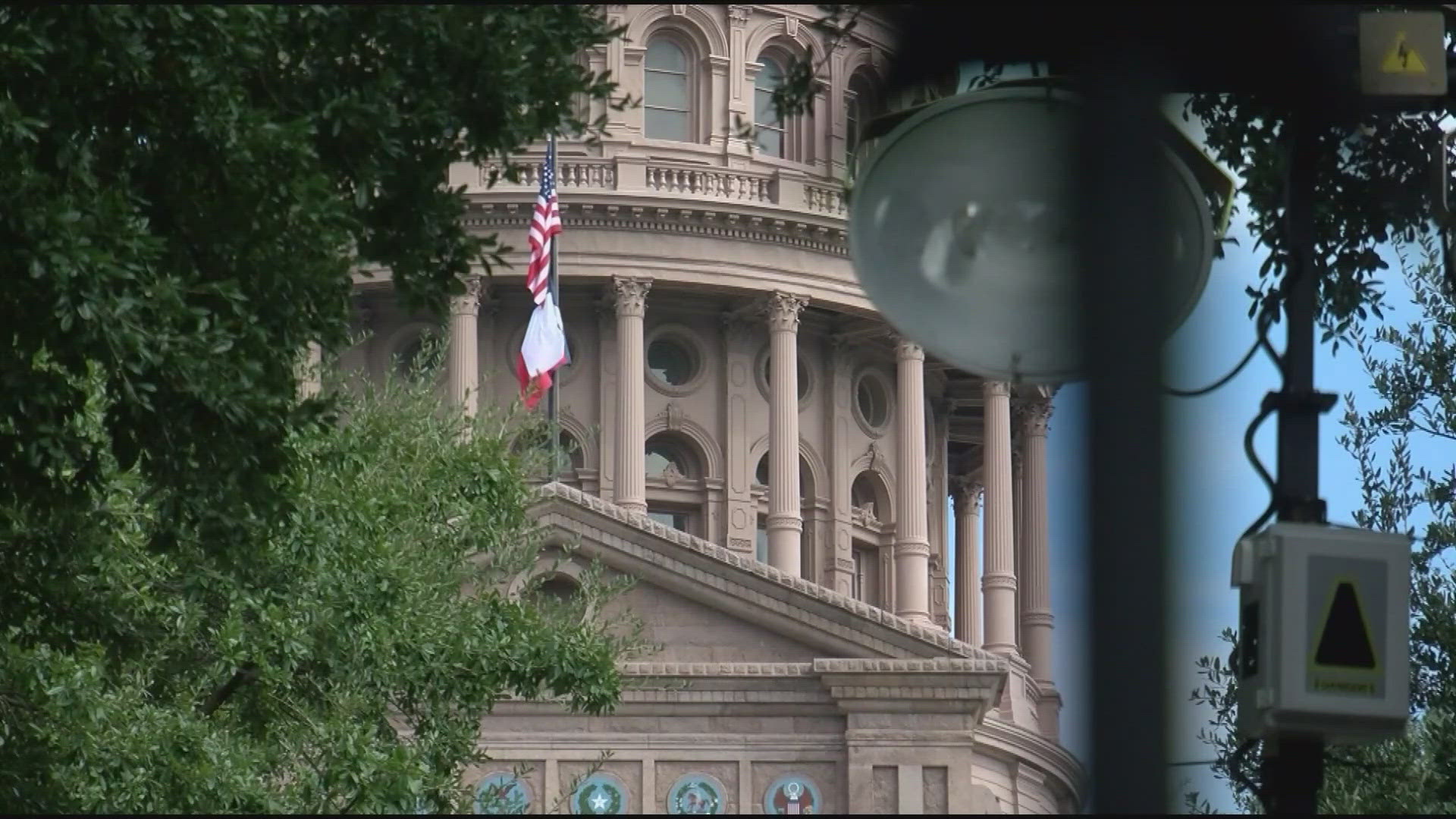President Joe Biden announced on Aug. 24 that his administration is erasing up to $10,000 in federal student loan debt for those with incomes below $125,000 a year, or households that earn less than $250,000. The Biden administration is also canceling an additional $10,000 for those who received federal Pell Grants to attend college.
Student loan repayment has been paused for millions of federal student loan borrowers since March 13, 2020, due to the coronavirus pandemic. During that time, interest did not accrue on federal student loans, and borrowers were not required to make payments.
More from VERIFY: Fast Facts about student loan forgiveness
Still, nearly 500,000 borrowers opted out of the payment pause and continued to pay their loans, according to the U.S. Department of Education. Now, many are wondering if they can get a refund, including people who paid down their loans and may now owe less than what they could qualify for in forgiveness.
A Twitter post, which has garnered over 13,000 retweets and 38,000 likes as of Aug. 26, claims people who continued to pay their student loans during the payment pause can ask for a refund.
THE QUESTION
Can you get a refund if you paid student loans during the payment pause?
THE SOURCES
- U.S. Department of Education
- Federal Student Aid
- Federal student loan servicers Aidvantage, Great Lakes Educational Loan Services, Nelnet, Ed Financial Services, MOHELA and FedLoan Servicing
THE ANSWER
Yes, you can get a refund if you paid federal student loans during the payment pause.
Borrowers who paid between March 13, 2020, and Aug. 23, 2022, and now owe less than the $10,000-$20,000 threshold, should request a refund so they can get the full amount forgiven.
Any amount paid after Aug. 24, 2022, that brings a borrower below the threshold, will automatically be refunded without the borrower requesting it.
WHAT WE FOUND
“Borrowers can request refunds for any federal student loan payments made since March 13, 2020. Any amount paid after Aug. 24, 2022, that brings a borrower below the $10,000- or $20,000-threshold will automatically be refunded without the borrower requesting it,” a U.S. Department of Education spokesperson told VERIFY.
The spokesperson explained that refunded payments will increase borrowers’ loan balances. They also noted that in order to receive loan cancellation under the Biden administration's student debt relief plan, “borrowers must meet all other criteria, to include having eligible loans and meeting the income criteria.”
To request a refund, the Department of Education says you should contact your student loan servicer. A loan servicer is a company that the Department of Education assigns to handle the billing and other services on federal student loans on the agency’s behalf.
While the Biden administration’s $10,000-$20,000 loan forgiveness plan is new, the option to get a refund from payments made during the pause has been an option since the spring of 2020.
More from VERIFY: You won’t have to pay federal taxes on student debt relief, but states could tax it as income
“The Department of Education placed your education department-owned student loans in a temporary payment suspension that started March 13, 2020. This means you don’t have to make monthly payments during this time. If you made a payment during this time, you can request a refund through your loan servicer,” the agency explains on its website.
Aidvantage, Great Lakes Educational Loan Services, Nelnet, MOHELA, FedLoan Servicing and Ed Financial Services are the current official federal student loan servicers. They all say you can contact them directly to request a refund if you made a student loan payment during the pause.
Any borrowers who still owe student loans after forgiveness is issued will likely need to start paying their loans back starting next year. The payment pause has been extended through Dec. 31, 2022, for a “final time,” according to the Biden administration.
The Associated Press contributed to this story.
More from VERIFY: Yes, there is a way to check if you received a Pell Grant



